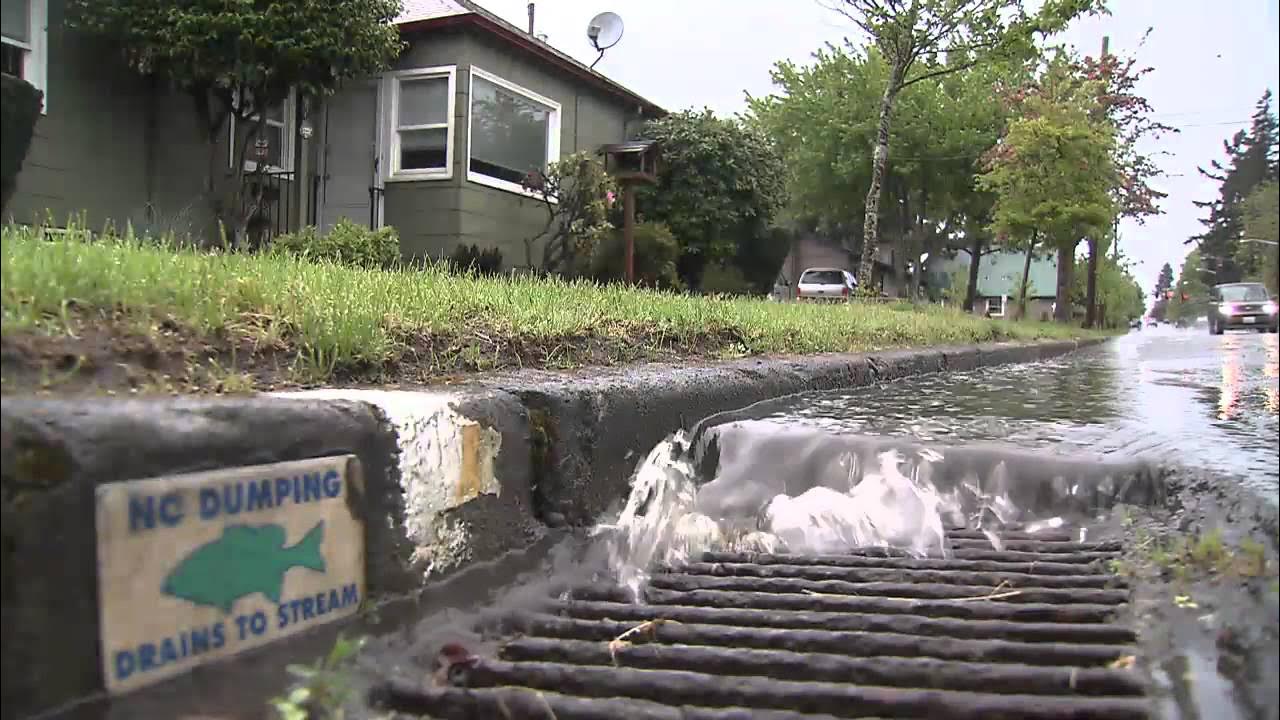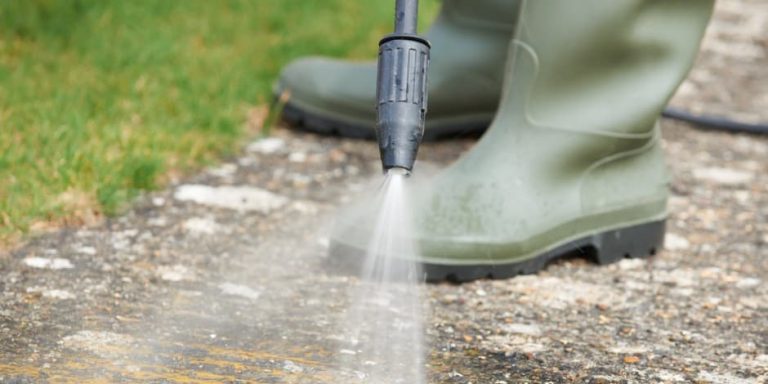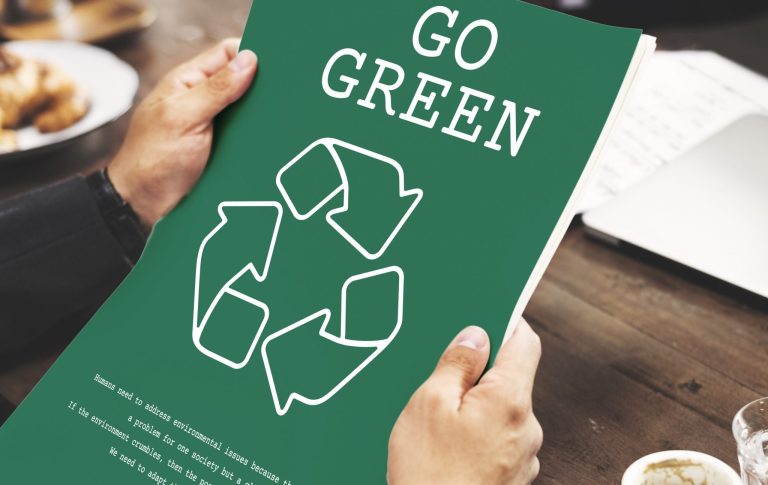
In the pursuit of cleanliness, it’s easy to think, “The cleaner, the better.” But when it comes to pressure washing, more isn’t always best. While power washing can restore surfaces, eliminate mold, and increase curb appeal, over-washing is a growing environmental concern that most people never consider.
This article explores how excessive or unnecessary pressure washing—whether driven by habit, aesthetics, or business incentives—can cause hidden environmental damage, and what homeowners and professionals can do to avoid contributing to water waste, pollution, and surface degradation. 🧼🌍
🚿 What Is “Over-Washing”?
Over-washing refers to cleaning a surface with a pressure washer more often than is necessary—or using more water, chemicals, or pressure than required for the job. It happens when:
- A driveway is cleaned weekly for aesthetics
- Commercial sidewalks are washed daily for appearance
- Soft surfaces are repeatedly blasted at high PSI
- Cleaning becomes routine, regardless of actual need
While it may seem harmless—or even beneficial—over-washing wastes precious resources and can harm the environment in ways we often don’t see. 👀💦
💦 Water Waste: The Most Obvious Cost
One of the most direct consequences of over-washing is water waste. A commercial-grade pressure washer can use 4 to 8 gallons per minute (GPM). Just 30 minutes of unnecessary cleaning can waste hundreds of gallons of potable water.
In drought-prone regions, like much of the western U.S., this water loss adds up quickly:
- Residential over-washing = 1,000+ gallons/month
- Commercial over-washing = 10,000+ gallons/month
🛑 Unchecked, this contributes to:
- Aquifer depletion
- Strain on municipal water supplies
- Reduced water availability for agriculture and firefighting
Over-washing for cosmetic reasons doesn’t justify the cost to the water table or the planet.
Browse Amazon Here For Top Rated Power Washers And Accessories
🧪 Chemical Overload
Many power washing jobs include soaps, degreasers, or biocides to help remove tough stains, mold, or algae. But repeated applications—especially on already-clean surfaces—introduce unnecessary chemicals into the environment.
These chemicals often:
- Run off into storm drains
- Leach into soil
- Harm beneficial bacteria
- Disrupt aquatic ecosystems 🐟
Even so-called “eco-friendly” detergents can overwhelm the environment when used excessively. A surface that might require light rinsing once per season shouldn’t be chemically treated monthly.
🧱 Surface Degradation
Ironically, over-washing can do more than harm the environment—it can destroy the very surfaces you’re trying to protect.
Too much pressure or repeated blasting can:
- Etch concrete and pavers
- Strip wood of sealants
- Loosen paint prematurely
- Damage stucco or brick mortar
- Accelerate wear on vinyl siding
This leads to more frequent repairs, replacement, and repainting—all of which generate more waste and consume more resources in the long run. 🚧
🌫️ Air and Noise Pollution
Excessive washing, especially with gas-powered equipment, increases:
- Greenhouse gas emissions
- Noise pollution
- Neighborhood disturbance
- Airborne chemical mist or dust
While not always visible, these effects contribute to lower local air quality and reduced quality of life for nearby residents and wildlife.
🐝 Ecosystem Disruption
Power washing disturbs more than just dirt. It can interrupt natural cycles in your yard or neighborhood ecosystem:
- Removing algae can affect insects that rely on it
- Cleaning too close to nesting birds can cause them to abandon nests
- Runoff can poison bees, frogs, or pollinators
These effects are magnified when over-washing becomes habitual, turning your home into a hostile zone for local biodiversity. 🐞🌻
📉 The Psychological Driver: The “Clean Aesthetic”
In many cases, over-washing is driven not by hygiene but by the desire for visual perfection. Clean concrete, spotless siding, and freshly washed brick have become associated with professionalism and prosperity.
But cleanliness culture can go too far when:
- Businesses over-wash to “look better than the competition”
- HOAs pressure residents to maintain spotless exteriors
- Contractors encourage frequent washing for repeat business
When appearance trumps environmental responsibility, over-washing becomes the norm—not the exception.
✅ Solutions: How to Power Wash Smarter
So how can homeowners, businesses, and contractors reduce the impact of over-washing?
1. Clean by Need, Not by Habit
Assess the surface first:
- Is it slippery, growing mold, or visibly stained?
- Or is it just dusty or rain-marked?
Don’t schedule cleanings just because it’s been “a while.”
2. Spot Clean When Possible
Rather than blasting an entire patio, target problem areas. A hose, broom, or biodegradable spray bottle may suffice.
3. Use Lower Pressure or Soft Washing
Adjust your PSI to match the material. Softer woods, paint, and siding need far less power and less frequency.
4. Limit Chemical Use
If water alone does the job, don’t add detergent. If you must use soap, choose plant-based, biodegradable products in minimal quantities.
5. Educate Clients (for Contractors)
Homeowners will often accept less frequent cleanings if you explain the environmental benefits—and you’ll gain trust by putting planet over profit. 🌎💚
🧠 Final Thoughts
Power washing is a fantastic tool when used responsibly—but like anything, more isn’t always better. Over-washing leads to water waste, chemical runoff, surface damage, and ecosystem disruption—all in the name of aesthetics.
By shifting from routine to intentional cleaning, we can protect both the environment and our property investments. A surface doesn’t have to be spotless to be sustainable. 💧✅
Browse Amazon Here For Top Rated Power Washers And Accessories






